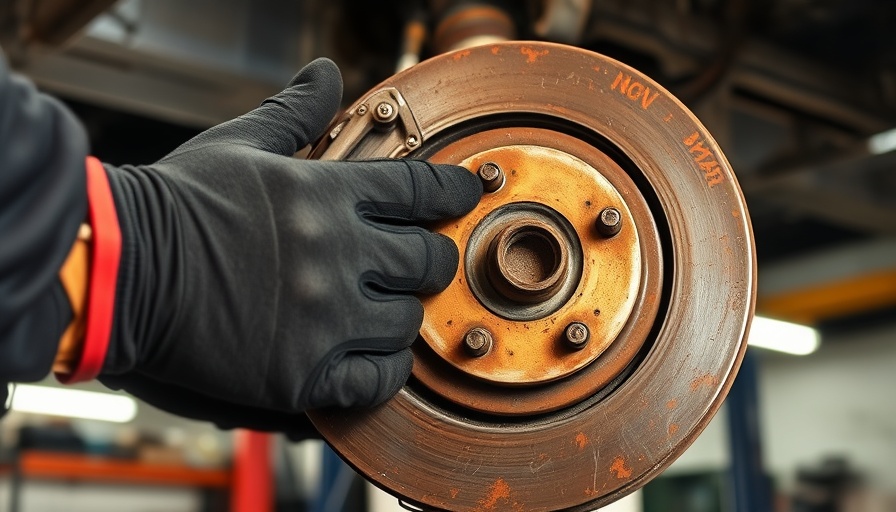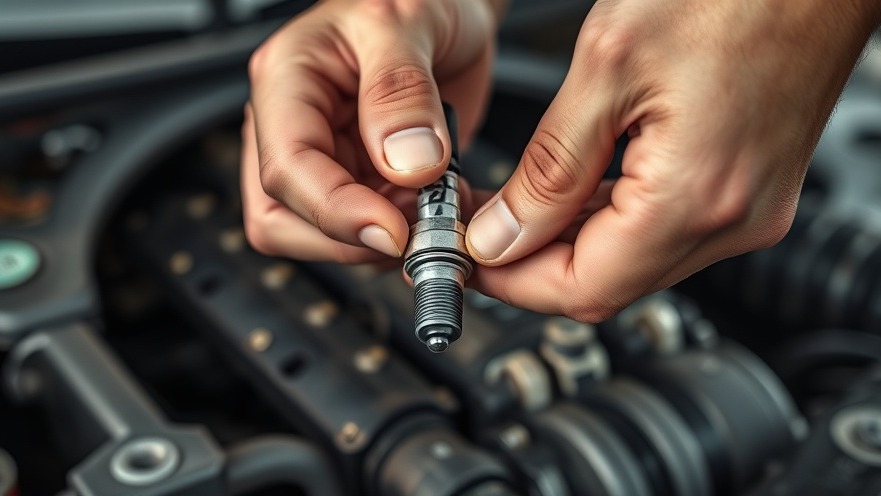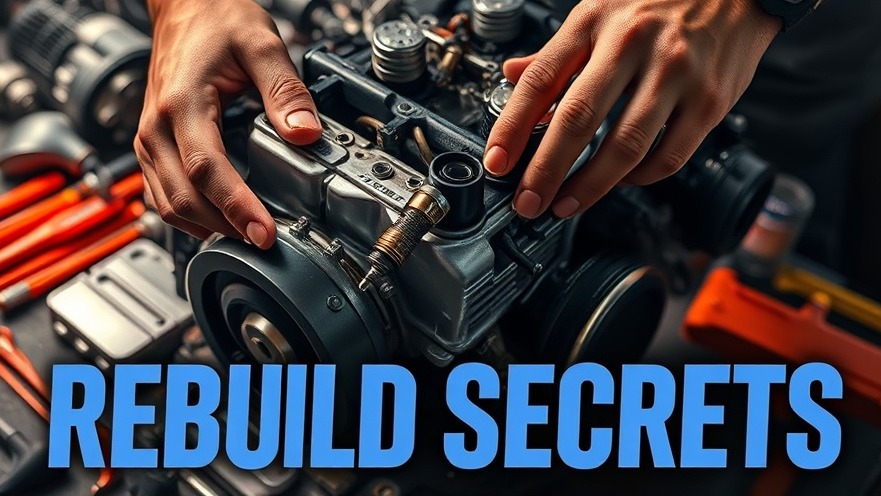
Are Your Brakes Giving You Trouble? Here’s How to Fix Stuck Brakes Yourself
If you've ever experienced the frustration of a stuck parking brake, you're not alone. Many car owners encounter this issue, often without realizing the potential underlying problems that could lead to unsafe driving conditions. In our recent video, Parking Brake Problems: Fix Stuck Brakes Yourself and Find Axle Seal Leaks on Your Car or Truck, we discovered how to diagnose and resolve parking brake troubles effectively.
In Parking Brake Problems: Fix Stuck Brakes Yourself and Find Axle Seal Leaks on Your Car or Truck, the discussion dives into essential vehicle maintenance tips, particularly focusing on common brake issues and how to handle them effectively.
Understanding Overheated Rotors and Brake Drag
One of the first signs that something is off with your brakes is the appearance of overheated rotors. Our analysis in the video revealed that discolored, red rotors signify possible brake drag, a condition that can worsen over time if left unchecked. Brake drag occurs when the caliper piston doesn’t retract correctly, forcing the brake pads to remain in constant contact with the rotor. The result? Overheating, which may lead to warped rotors and premature wear on your brake pads. Keeping an eye on rotor temperature is crucial!
Common Issues with Emergency Brakes
Another important takeaway from the video is the potential malfunction of the emergency brake actuator. When the actuator becomes stuck due to rust or moisture, it can prevent your parking brake from functioning properly. Over time, the lack of regular use can lead to the actuator seizing up. To check for issues, inspecting both sides of your vehicle is essential, as the same problem could very well be present on the other side. Addressing issues promptly can prevent heavy repair costs down the road.
Understanding Axle Seal Leaks: Signs and Solutions
Axle seal leaks are another common problem that can significantly impact your braking performance. During the inspection highlighted in the video, the presence of gear oil on the brake components was alarming and indicative of an axle seal failure. If left unresolved, this leak could contaminate your brake pads and shoes, leading to reduced braking efficacy and posing serious safety risks.
When you notice fluid leakage, it’s crucial to investigate further. Replacing the faulty axle seal along with the bearing will ensure a safer vehicle. It’s often wise to replace brake hardware that might have corroded due to prolonged exposure to contaminants.
What Can You Do Now? Practical Steps for Brake Maintenance
So, what are actionable steps you can take to maintain your vehicle's brake system? Regular inspections are vital. Checking for caliper movement, rotor condition, and ensuring that all components are clean and functional can help you stay ahead of problems. Additionally, using the emergency brake more frequently can prevent it from seizing up, maintaining its functionality over time.
Regular maintenance combined with timely repairs can drastically improve your vehicle's performance. Moreover, it instills confidence in the safety of your car when you’re out on the road.
Fixing your vehicle is possible with a bit of patience and the right resources. Don't hesitate to check out helpful online guides or local workshops that can provide additional insight into DIY repairs.
For more tips on keeping your vehicle in top shape, don't forget to explore our other articles. You’ll find a wealth of information tailored specifically for automobile owners.
 Add Row
Add Row  Add
Add 




 Add Row
Add Row  Add
Add 

Write A Comment